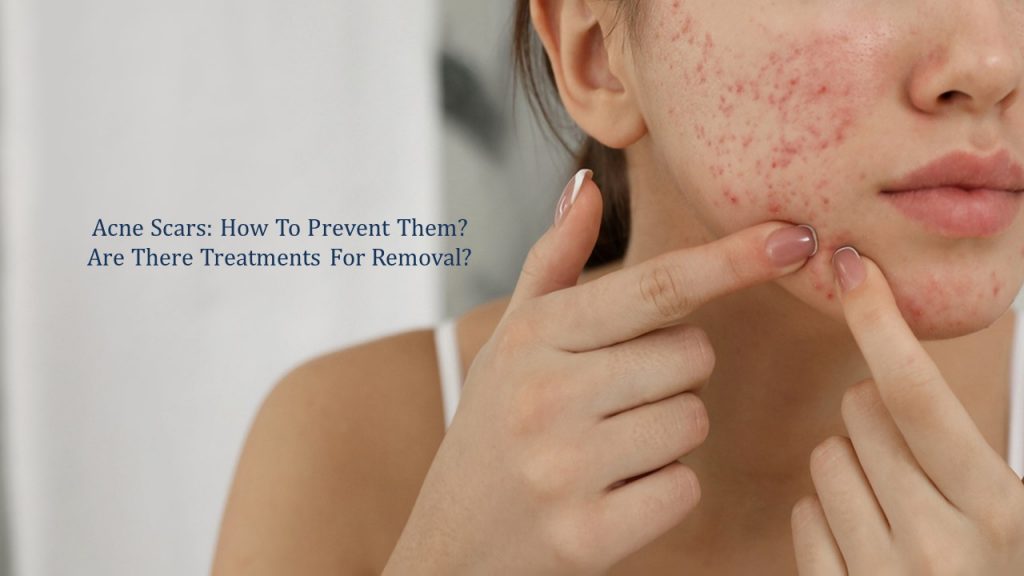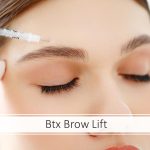Most of you might have experienced acne during your life time but do you still suffer from the lasting embarrassment of those past horrors, the acne scars? Though pimples generally fade away, scarring can become a persistent disgrace.
Acne is a fairly common skin condition in Singapore affecting both adolescents and post-adolescents. Scarring is a well-known bothersome companion of acne. Moreover, post-acne scarring significantly hauls down the quality of life of young adults in Singapore.
But with proper awareness and perseverance, you can prevent this distressing sequel. Even if you’ve already got acne scars, don’t lose hope since acne scar removal treatments can help to restore the skin’s condition.
If you are also worried about acne scars, this article will serve as a guide to find the ideal solution to your nerve-racking dilemmas.
How Do Acne Scars Form?
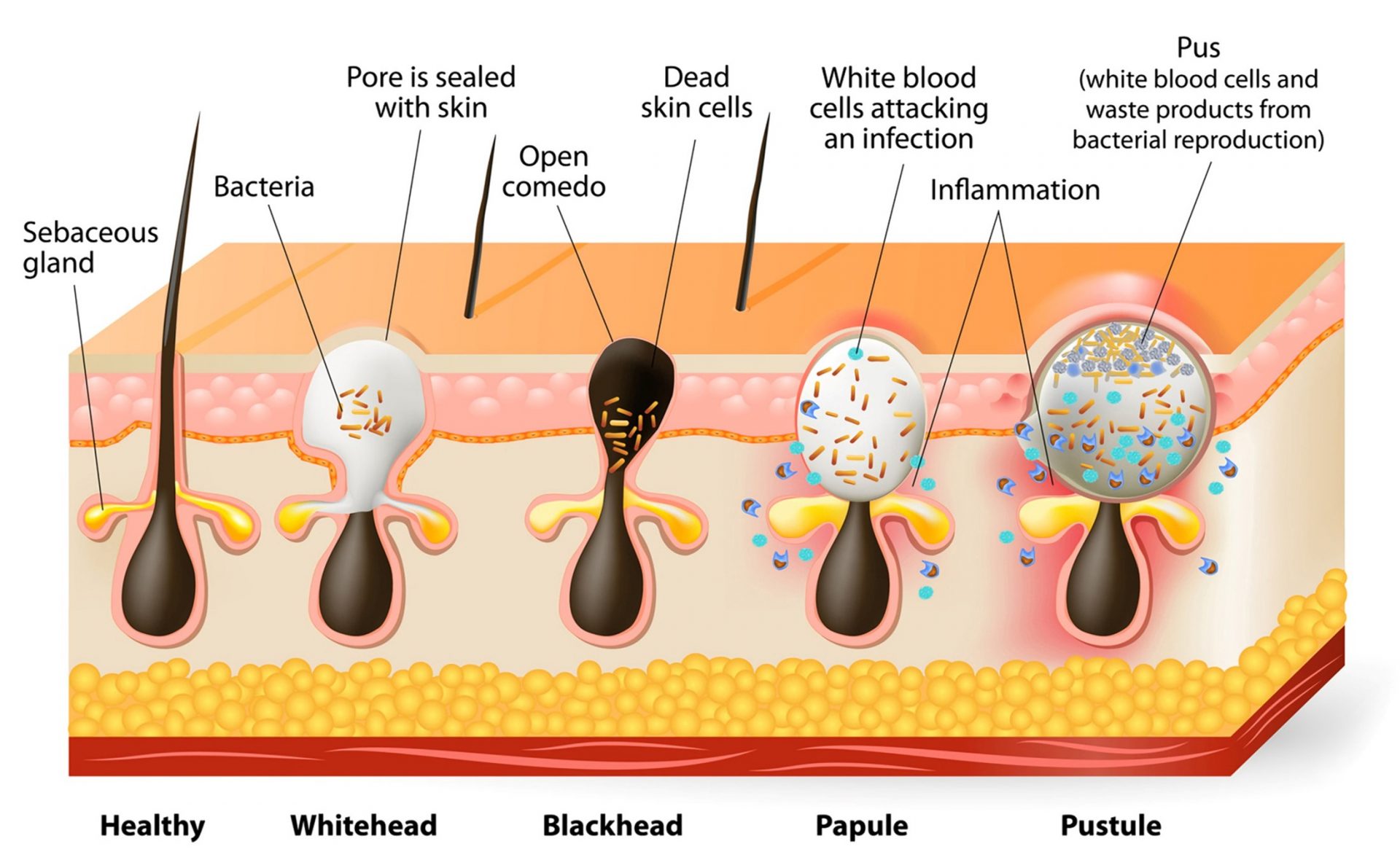
Skin follicles can clog with excess oil, dead skin cells, and bacteria forming acne. They may become inflame and rupture, spilling out its content. Though the body tries to heal this, it won’t win back the original architecture of your skin and instead give rise to scars. Exuberant collagen formation causes hypertrophic scars, whereas too little collagen results in atrophic scars.
Different Types Of Acne Scars

You may have one or more of the following scar types.
- Ice pick scars – Deep narrow atrophic scars. Inflammatory breakouts of deep blemishes extend way up to the skin surface, leaving a hole.
- Boxcar scars – Round to oval depressed areas with sharply defined vertical edges and a flat base.
- Rolling scars – Sloping indentations. Collagen fibrils form bands between the skin and subcutaneous tissue, pulling the epidermis creating an depressed scar.
- Keloids scars – Collagen overproduction leads to thickened raised scars extending even beyond the limits of the original blemish.
How To Prevent Acne Scars?
Most acne will fade away naturally, yet careless meddling predisposes to scarring. Therefore, take early measures to prevent acne scars without welcoming unnecessary troubles.
Treat Acne Right Away
First and foremost, treat acne as soon as it develops. Thereby, it can minimize sudden breakouts of pimples. If over-the-counter medications don’t work, consult your doctor immediately before it gets worse.
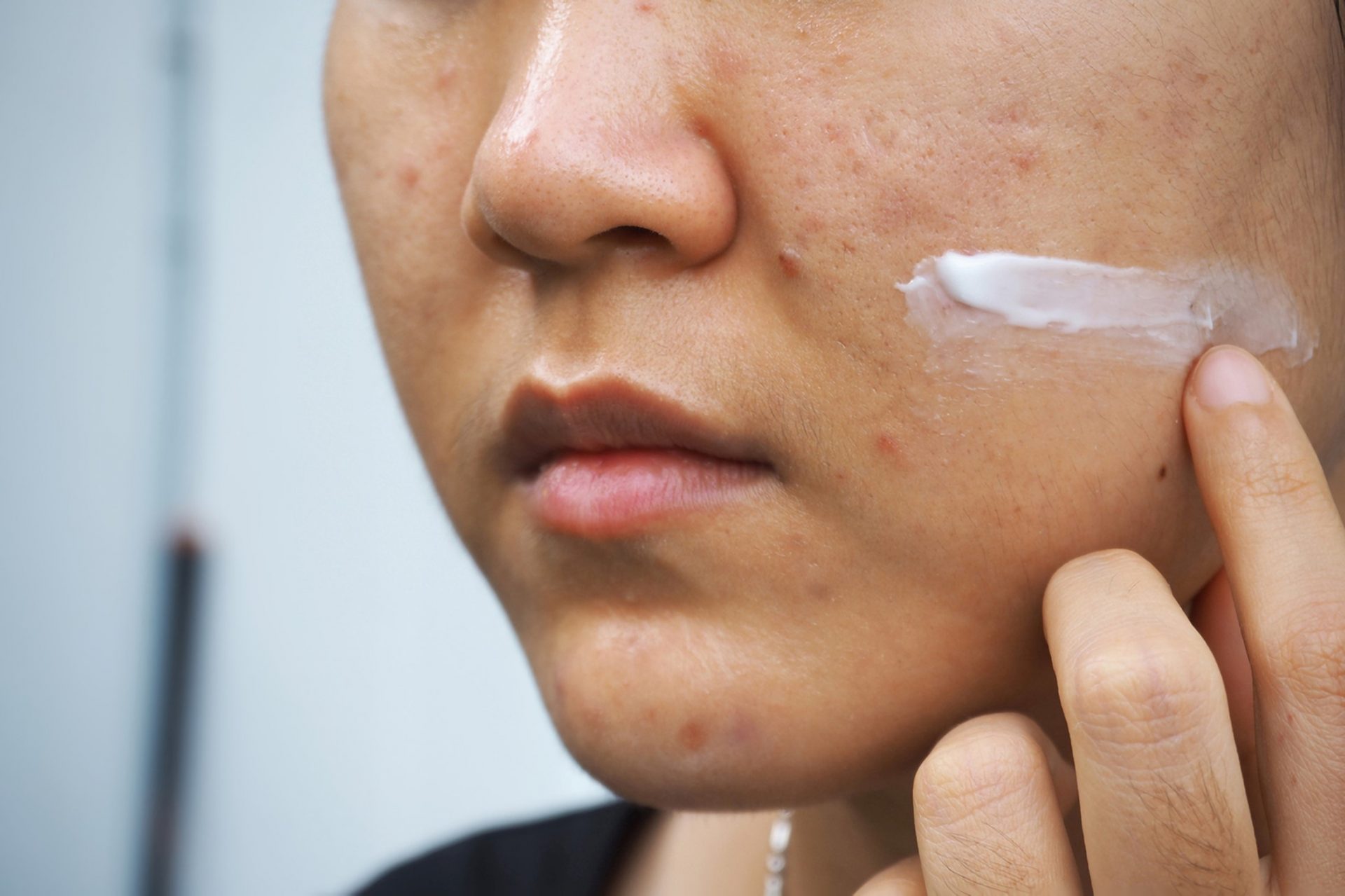
Minimize Inflammation
Discoloration and scarring occur as a result of inflammation. Large and more inflamed blemishes will cause severe acne scars. Therefore always try to soothe inflammation and avoid violent scrubbing or applying harsh skincare products. You can use topical spot treatments designed to reduce acne inflammation.
Don’t Pop, Squeeze Or Pick At Your Pimples
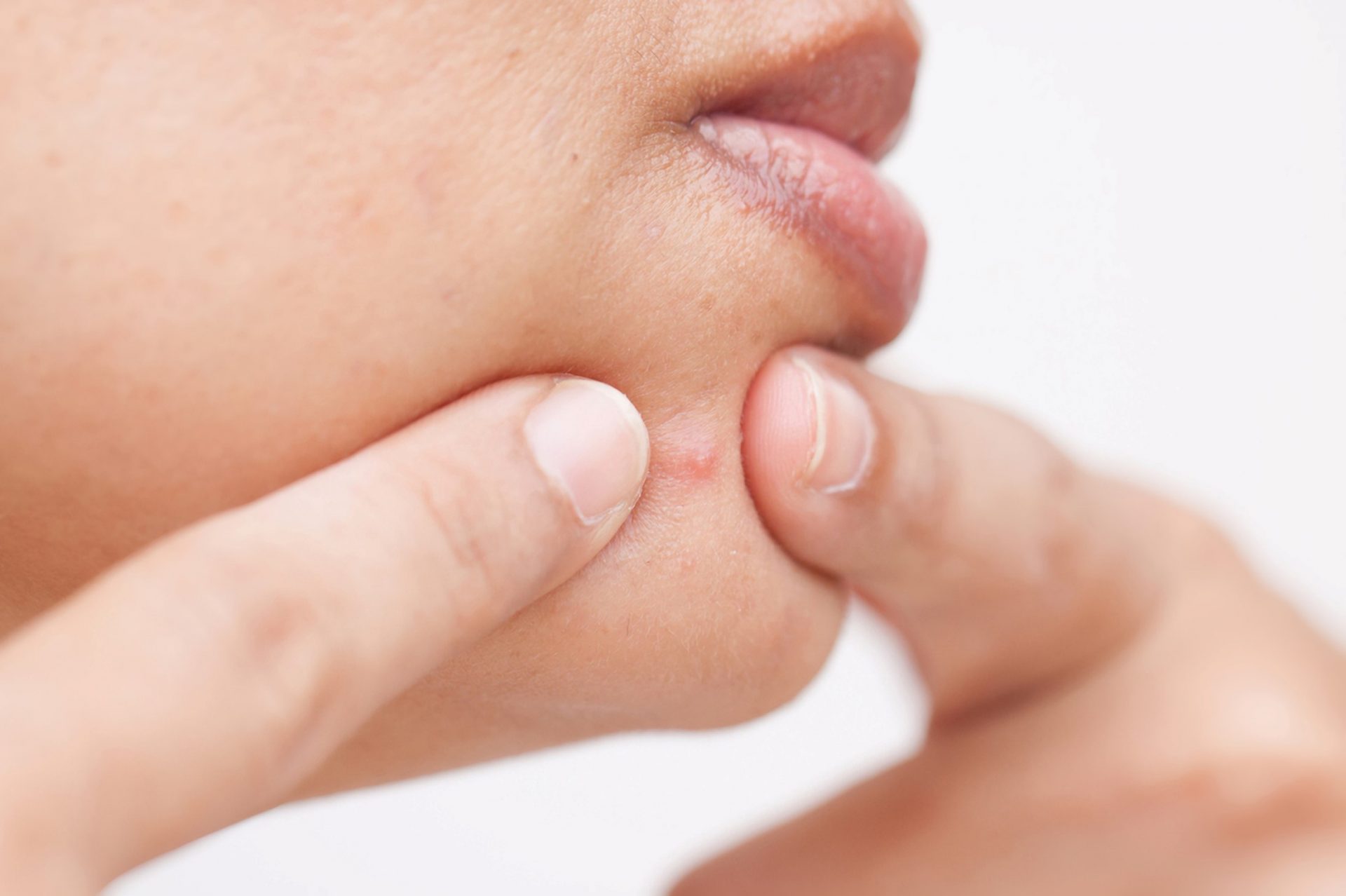
Even though pimple-popping feels bizarrely satisfactory, certainly it will worsen the matter leaving taunting traces on your face. Squeezing acne, especially with dirty hands, introduces debris into deeper skin layers fanning the flames to spread the inflammation to other nearby tissues. So let the blemishes heal naturally and keep your hands off your breakouts.
Don’t Pick At Scabs
If the blemishes pop and form a scab, avoid picking it off. Scab plays a crucial role in the process of healing a wound, acting as a bandage protecting the underlying tissue. Picking at scabs prolongs the healing time and heightens the risk of permanent scarring.
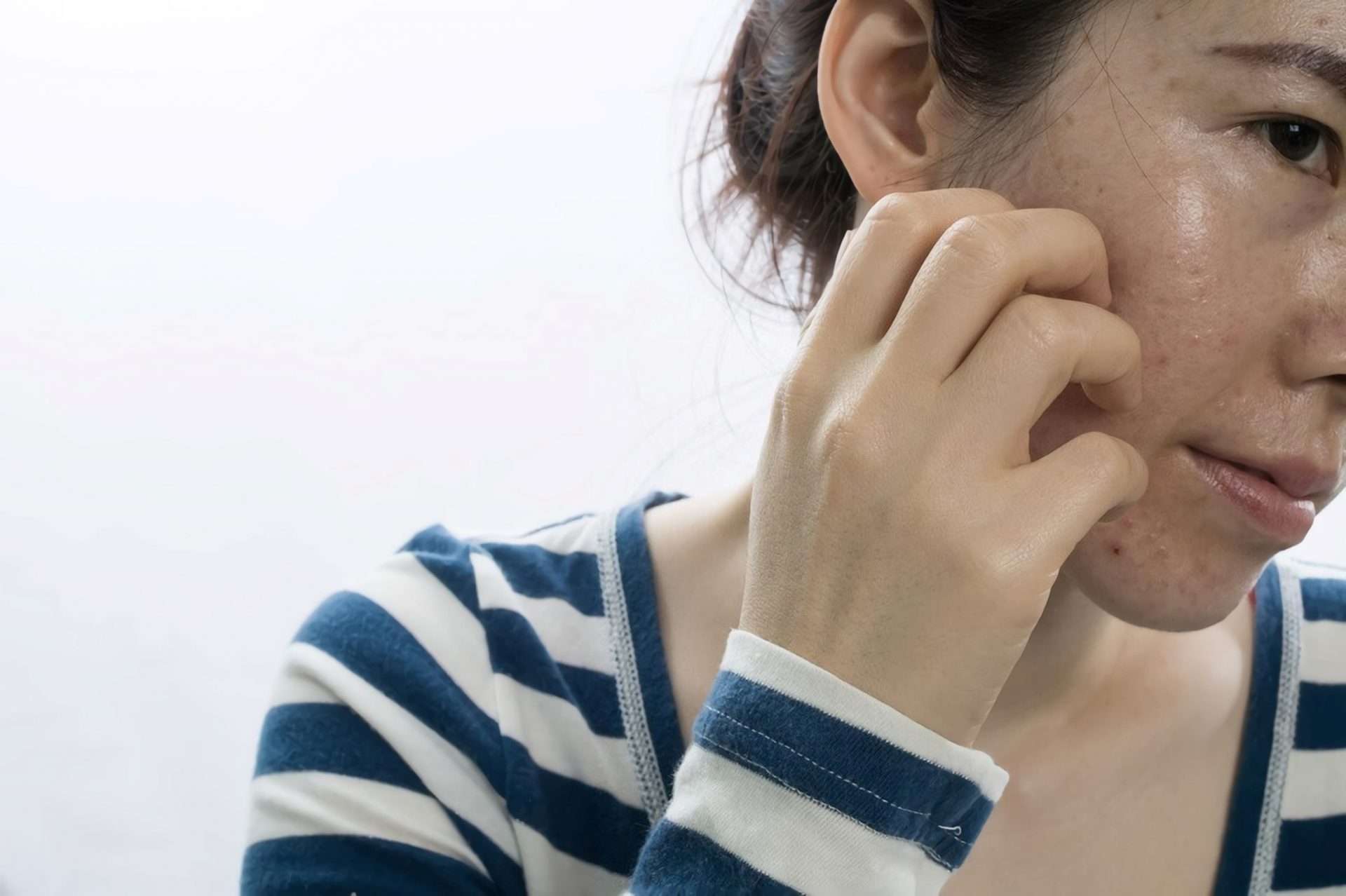
Don’t Forget To Use Sunscreen
Dark spots in scarring occur as a result of the deposition of melanin produced by melanocytes. Use a safe sunscreen regularly to lower the number of active melanocytes. It will ultimately reduce hyperpigmented scars.
Get A Cortisone Shot From Your Doctor
Getting a cortisone injection from your dermatologist will be much beneficial in minimizing the likelihood of scarring in deep cystic acne.
Despite these measures, you may not get absolute protection, and scars can still appear. But then again, stop worrying as acne scar removal treatments are available to regain your smooth skin.
Treatment Solutions For Acne Scars
Acne scar removal in Singapore has several options, and you should choose the appropriate treatment for the type of scarring you have.
TCA Peels
Trichloroacetic acid (TCA) is a chemical peel used to treat acne scars by exfoliating the top layer of skin. We can use it at varying concentrations according to the issue concerned.
Chemical Reconstruction of Skin Scars (TCA CROSS), using high concentrations of TCA, is one of the most efficacious acne scar removal treatments for atrophic scars. When we apply TCA into focal depressions of ice pick scars and other deep boxcar or rolling scars, it denatures proteins in the scar. Then induce collagen reorganization and skin thickening, ultimately rejuvenating your skin.
Microdermabrasion
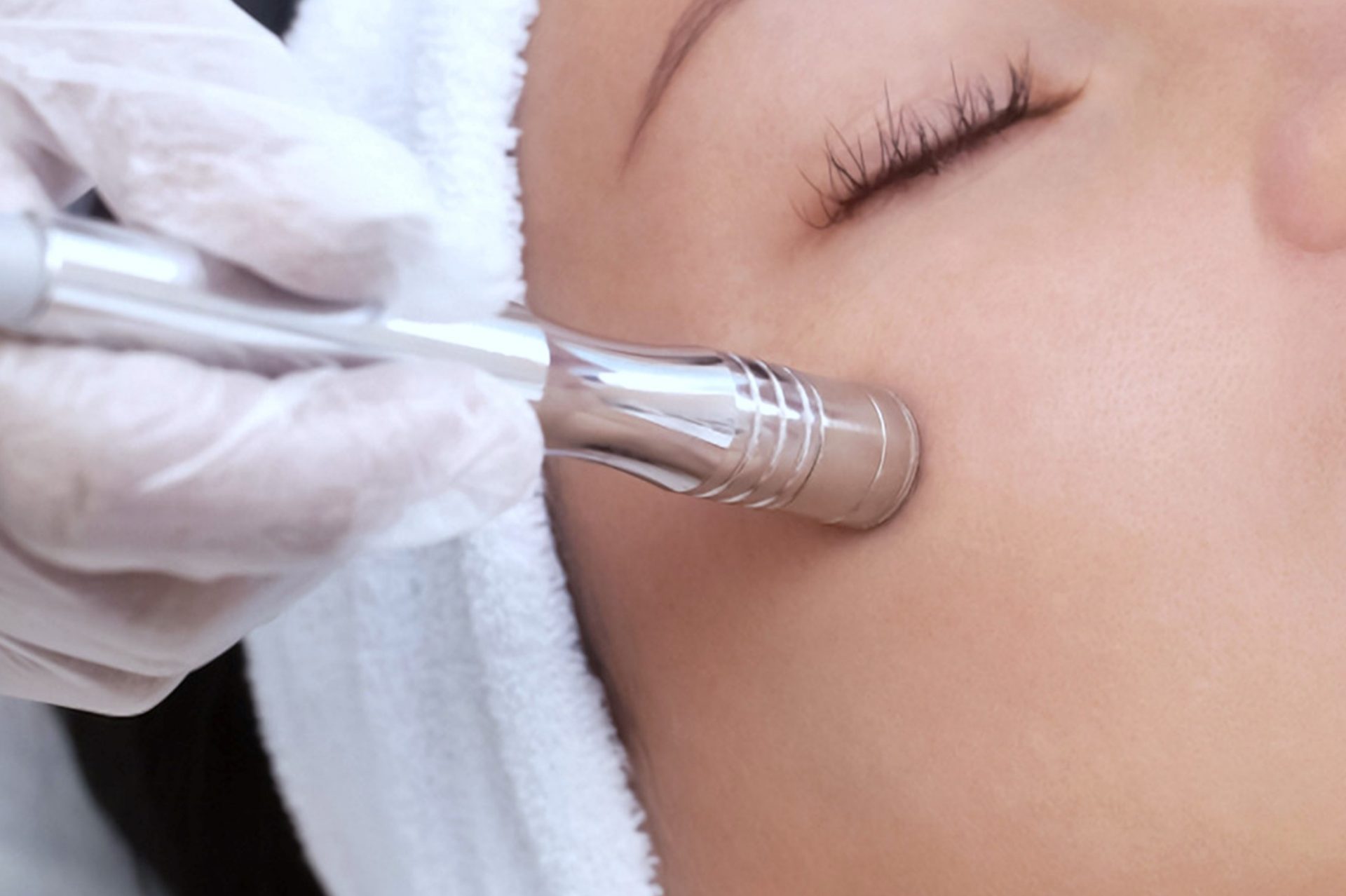
Microdermabrasion too takes effect by exfoliating the outermost layer of the skin. However, this won’t improve the deep acne scars and keloid scars. Therefore, its merit is limited only to mild acne scars.
There are two types of techniques commonly practiced. In crystal type, a device releases tiny exfoliating crystals across the skin. Simultaneously, a vacuum suctions the crystals back together with the dead or loosened skin. In the crystal-free type, a diamond-tipped wand will take away the scarred top layer.
Fillers
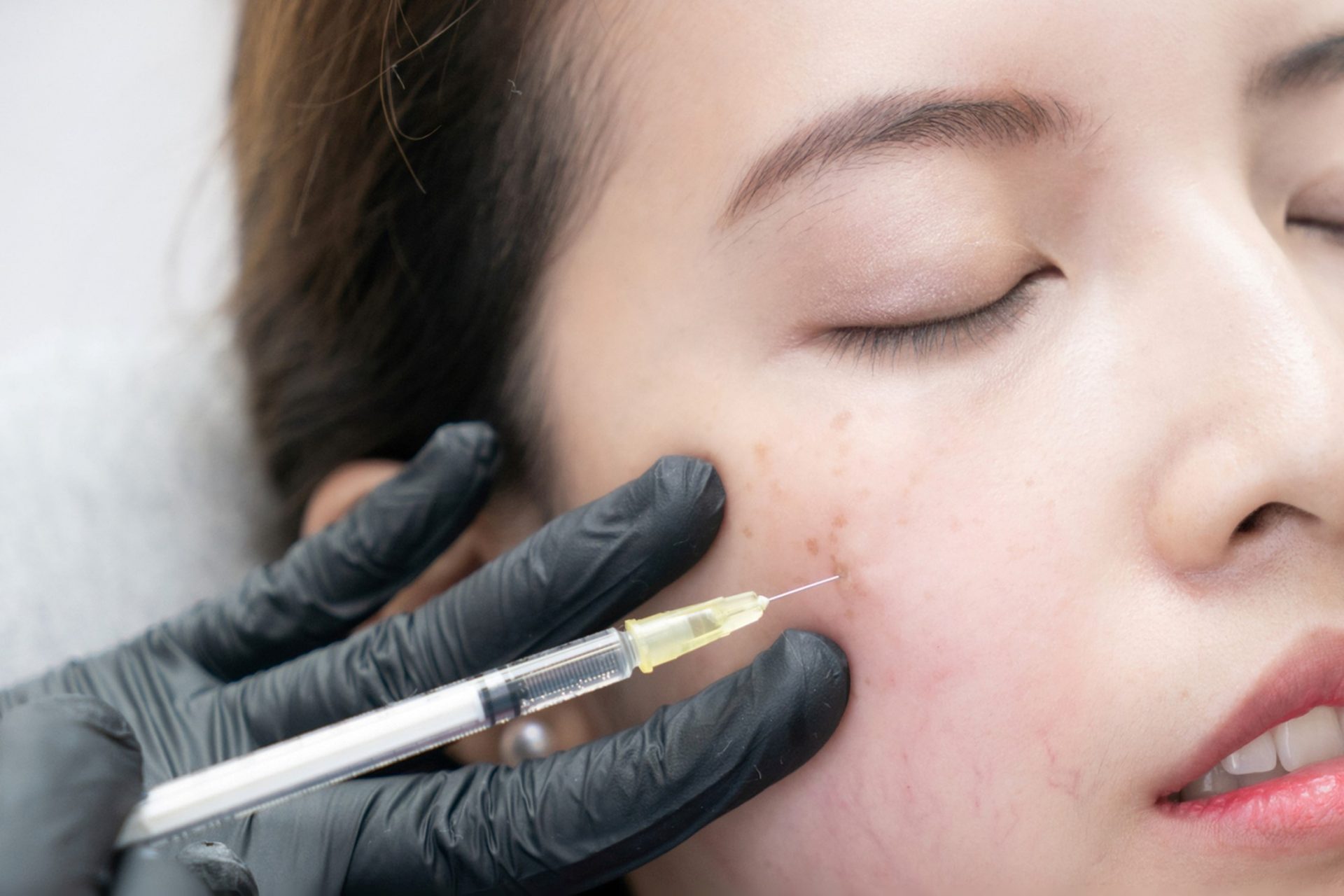
If you have boxcar scars, the dermal filler may be recommended. They lift the skin making the depressed areas flat while stimulating collagen production. Different types of injectable fillers have diverse mechanisms, and results last for varying periods. Hyaluronic acid, poly-L-lactic acid, and fat harvested from the patient’s own body are the filler options used for acne scar treatment in Singapore. The doctor will guide you in selecting the ideal filler to avoid allergic reactions.
Lasers
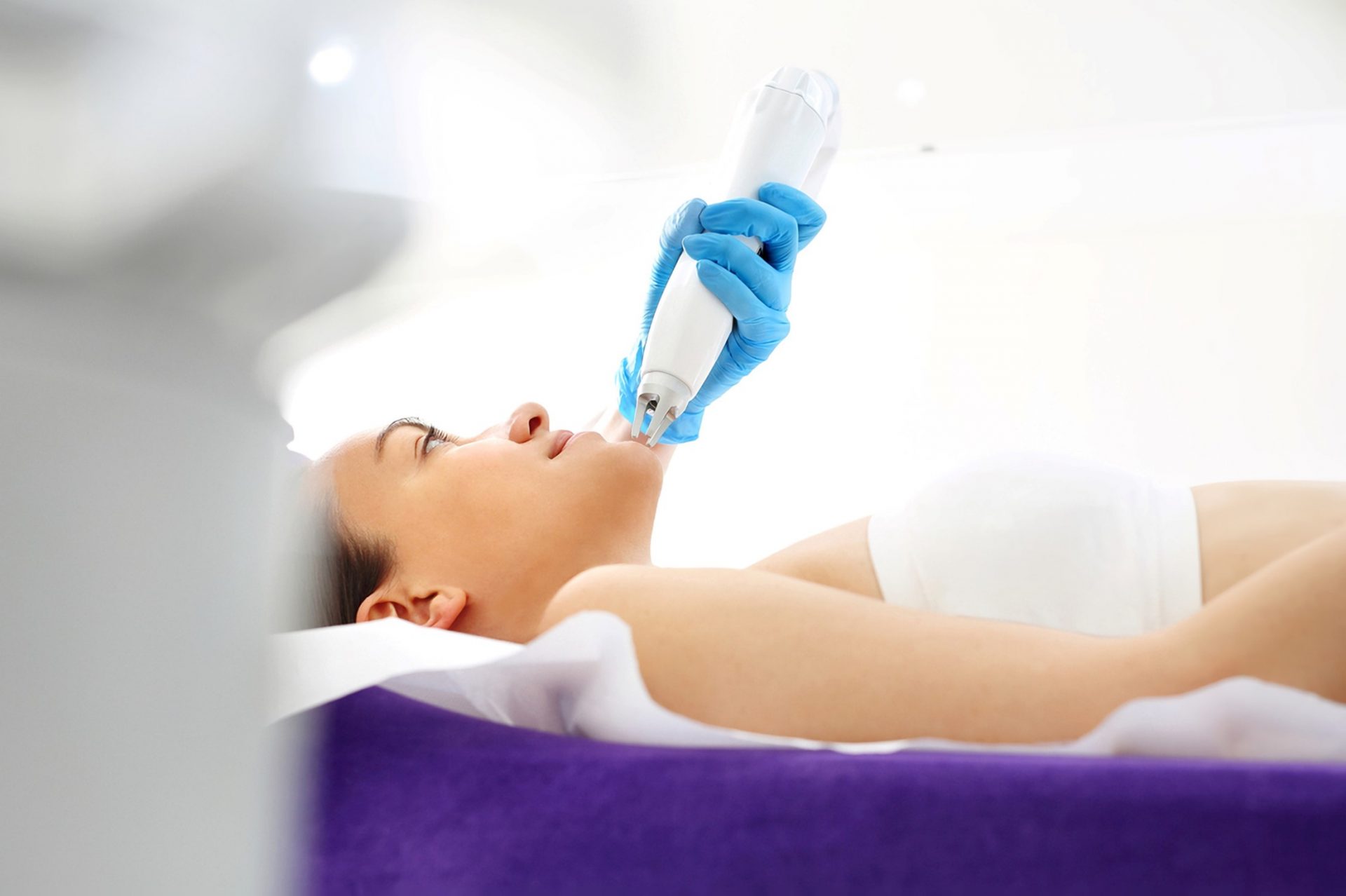
Acne scar removal laser comes in two forms and has favorable results in improving many types of scars.
Ablative Lasers
The classical ablative lasers like carbon dioxide and erbium-YAG lasers are effective against deep atrophic acne scars. They remove the outer layer of skin along with acne scars. Then, newly growing epidermal cells push up the scar depressions making the skin clear and even. Fractional CO2 laser devices create microscopic columns of thermal injury surrounded by undamaged areas. Hence skin damage is limited, and the remaining cells allow rapid repair.
Non-Ablative Lasers
In the case of mild atrophic scars, non-ablative lasers are more efficient. They are non-invasive and emit laser beams to the underlying dermis, arousing collagen production in addition to new cell growth. The job is done quickly with minimal to no downtime. For removing hypertrophic and keloid scars, there are specific types of non-ablative lasers called pulsed dye lasers.
However, consult your doctor before trying any acne scar removal laser to get optimal results while avoiding side effects.
Subcision
Subcision comes in handy for treating depressed rolling or box car scars. This simple surgical procedure begins by injecting a local anesthetic. Pitted scars on your face form indentations due to the tethering of superficial skin to deeper structures via fibrous bands. Subcision works by inserting a tiny needle parallel to the skin, cutting this fibrous base. Thereby releases the scar from the underlying tissue, allowing it to level with the rest of the skin surface. Subsequently, it heals, restoring your smooth skin without traces of blemishes. Yet this acne scar removal treatment is not suitable for those with hypertrophic and keloid scars.
Dermal Grafting
Dermal grafting also levels up the depressed scars, but with a graft of the patient’s skin tissue obtained elsewhere, generally taken from behind the ear. It is suitable for boxcar and rolling scars.
The skin tissue, which is a collagen rich dermis is placed where the depression is to level the skin to its surroundings. Suturing or surgical skin glue is used to hold the graft in place. But dermal grafting is not recommended for hypertrophic scars and uneven skin tones.
Most people have more than one type of acne scar. Hence a combination of acne scar removal treatments comes into play in bringing the optimum outcome.
Conclusion
Acne usually fades away with time on its own. But scars are not readily reversible and often need intervention. Acne scar treatment in Singapore offers multiple solutions to get rid of these distressing imperfections. However, seek medical advice to select the ideal treatment modalities that best suit the acne scar types you have.
Why retain the scars for decades even after the memories of pimples have faded?
About Dream Aesthetics and Plastic Surgery
Bespoke surgical for cosmetic or medical reasons is what Dream covers to bring out the beauty in every individual. Going beyond the aesthetics and working on physical anomalies are what we value the most in leading our patients to cherish self-improvement and confident lifestyles.
Derived from Associate Professor Vincent Yeow’s long-standing experience performing plastic surgery in Singapore, our treatment plans deliver physical remodelling in our patients’ favour. One of the notable remodellings is droopy eyelid correction. The ptosis surgery used for treatment eventually fixes drooping eyelids, improves vision and enhances appearance.
Most importantly, as a trustworthy plastic surgery and aesthetic clinic, we treasure positive and natural outcomes for each individual. We will ensure to deliver the beauty refinement of your dream without compromising your safety and privacy.

